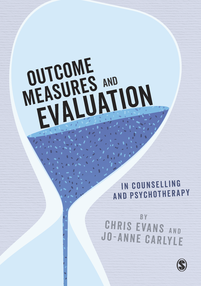This post is available in: English, there may also be a subsite in your language, see "Subsites" in the top menu.
Created for original site 1/1/2015, last updated 29/3/20 to replace dodge Download Monitor plugin links with direct links, page author CE, licence: Attribution 4.0 International (CC BY 4.0) .
As noted elsewhere, the CORE-SF/A, with the CORE-SF/B, were the only short forms alongside the CORE-OM in the suite of instruments at the launch of the system in 1998. After the launch the CORE group recognised the need for another shortened measure based on the CORE-OM but intended not for general population surveys and similar research rather than for clinical use. The interest came particularly from universities, notably Leeds University where Prof. Barkham was based at the time. The Leeds student counselling services were using the CORE-OM and the university wanted to conduct surveys of general student mental health. This resulted in development work and the GP-CORE.
The GP-CORE has 14 items, two wellbeing items, four problem items, eight functioning items and no risk items. All eight of the positively cued items from the CORE-OM are included but only two of the 18 high tuned items. As the GP-CORE is a measure tuned for discrimination in the non-clinical range of distress and dysfunction scores should not be compared with those on the CORE-OM. Cautious use of prorating of up to one missing item is recommended and there are no domain scores.
Referencing the GP-CORE
The first reference describing and exploring the GP-CORE is:
Evans, C., Connell, J., Audin, K., Sinclair, A., & Barkham, M. (2005). Rationale and development of a general population well-being measure: Psychometric status of the GP-CORE in a student sample. British Journal of Guidance & Counselling, 33(2), 153–173. http://doi.org/10.1080/03069880500132581.
Downloads
Download the English language PDF of the GP-CORE, for other languages, go to the translations page.
Depending on your web browser, clicking on that link above will either open it, in which case you should be able to save it from there, or will offer to download it for you (or it may just download it to its default download location). Downloading means you accept the licence on the measure, see copyright and licensing information.


